Despite me being here for roughly a decade now, I have never really written about my weekend toy. This will change now. Warning: lots of pictures and almost 4k words!
After a ‘Fantasy Garage’ article by Raphael Orlove, I bought my first Peugeot 205 GTI and documented this in a set of replies at that very article. I did so because I wanted a fun car to fix up, drive and sell for a profit. In addition to that GTI, I also bought a CTI (GTI convertible) that I later sold to a French duo, who imported it to France. Later I also sold the GTI... to a second French duo, who also imported it to France. Before I did so though, I had bought a second CTI. One that needed more attention and that I wanted to fix up myself. To teach myself wrenching on a slightly higher level. It turned out differently...
The Peugeot 205, an introduction.
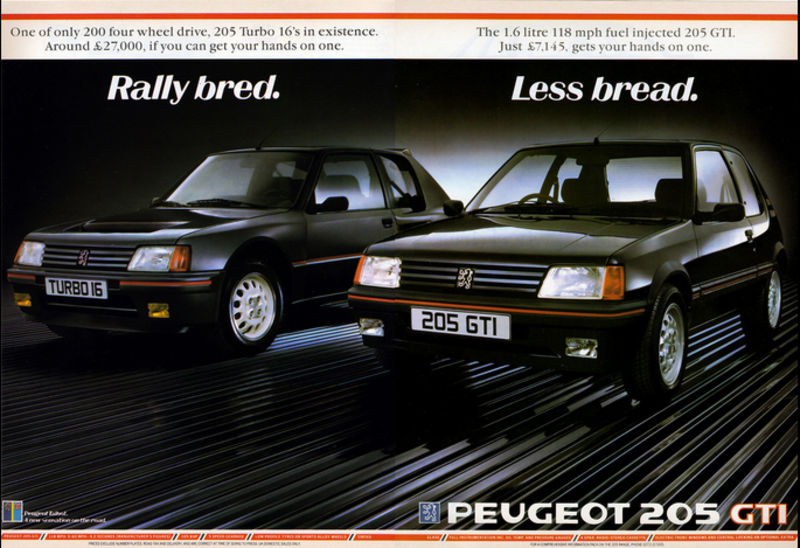
The Peugeot 205 was introduced in 1983 and saved ailing Peugeot. It was a subcompact that competed with cars like the VW Polo and Ford Fiesta. It stayed in production for at least 15 years. They sold over 5 million of the little critters. Not only was the regular 205 one of the best subcompacts of the 80s and early 90s, it also produced the best hot hatch of its time. Before I get criticized, the mk1 Golf GTI was discontinued before the 205 GTI was introduced, so no comparison has to be made there (the 205 would win). Peugeot also introduced a convertible version of the 205, and with the CTI a convertible version of the GTI. It had the same drive train and same interior, however the suspension was somewhere between regular 205 and 205 GTI. This, however, was easy to remedy...
Even Clarkson liked it:
The 205 convertible was introduced in 1986. There was the dual carb 1.4L CT with 80 hp and the 105/115 hp fuel injected 1.6L CTI. After the face lift of 1988 the CT was dropped and a 1.1L 60 hp version was also launched, first with a single carb and after the major overhaul of 1990 with fuel injection. The 1.6L engine from the CTI was eventually replaced by a 1.9, but (in the convertible) with the same 105 hp.
My 205 CTI, the beginning.
I bought this CTI on the 6th of November 2015. It was a phase 1 Peugeot 205, still with the old dashboard that was to be replaced by 1988. The seller had bought it some time in the 90s when he was 19. At the time he sold it, he was 38 if I recall correctly. This made sense, as the (1987) car had been imported into the Netherlands in 1996, and according to the registration he was the first (Dutch) owner. He had modified it as a kid, drove it for roughly a decade but let it stay dormant in his shed for the last almost decade of his ownership. Before offering it for sale he did get it to pass Dutch inspection, so the car was absolutely safe to drive when I bought it, with good brakes and good enough tires. It had some marks and optical tuning, but seemed to be in an okay condition. Purchase price: 1150 Euros. A price that would be an absolute steal today, even considering the issues, given the (rightful) appreciation these cars have gone through in the last few years.




Before I bought the CTI, I became a member at a DIY garage with covered long stay parking inside their hall. After I bought the car, I took it on the relatively short 2 hour journey to that DIY garage, where I would store it and work on it.
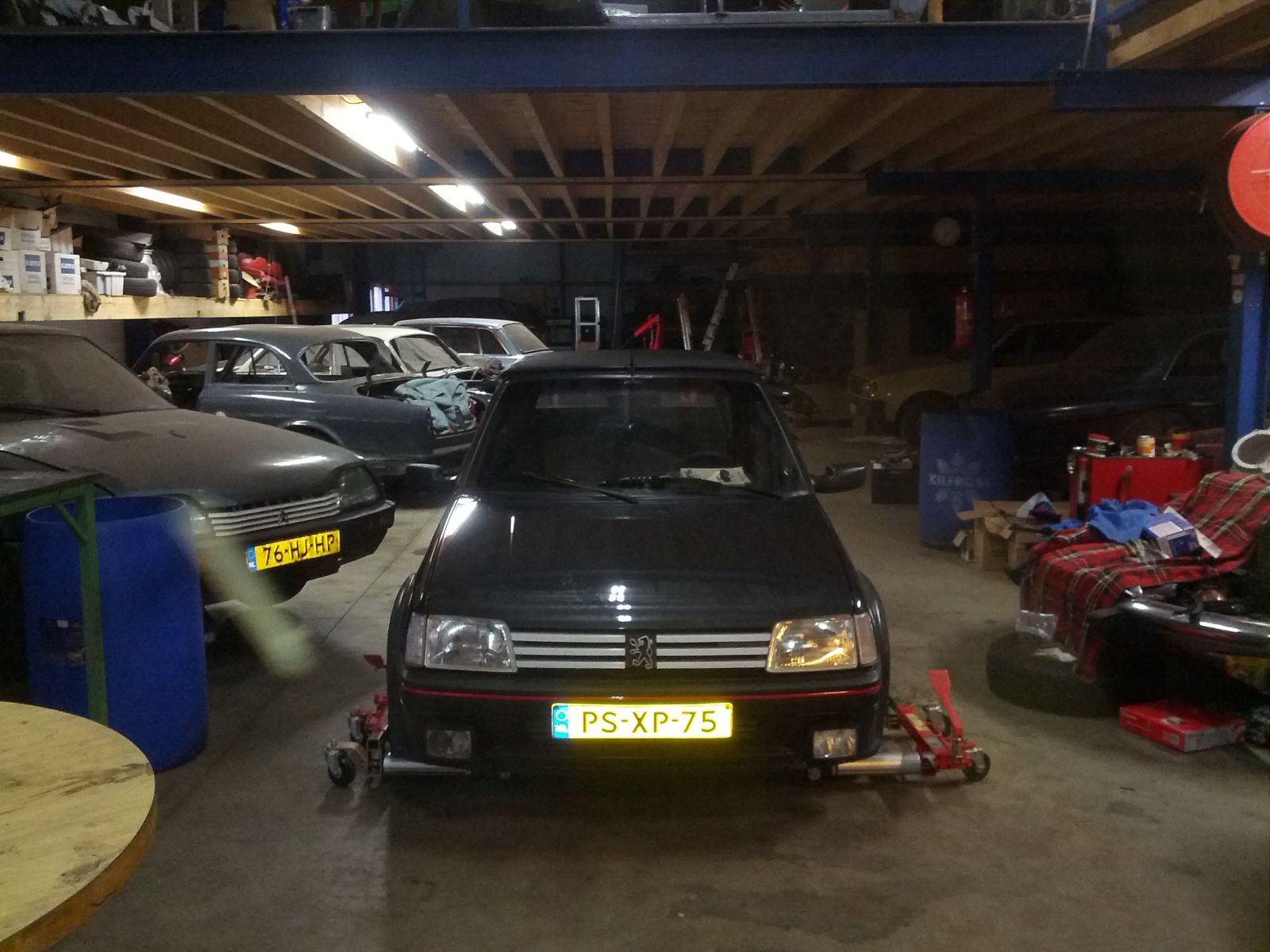
At the DIY garage the 205 was accompanied by a wide array of other project cars. It was parked next to a Citroen CX and opposite of a DS. Somewhere in the background there were a Peugeot 404 coupe, a Citroen SM and a NSU Ro80. All three collecting dust for many years. There were vintage Volvos, Saabs, Land/Range Rovers, a Jaguar, a Reliant Scimitar and many others. Even some kind of American van from the 60s or 70s.

In over my head
I started with the easy jobs. Oil change, filters, plugs, ignition parts. I fixed the power windows, and with some help the radiator was replaced as well. The (1990+) clear indicators were replaced by period correct amber ones, and I removed some of the other optical tuning. But why was there an oily vapor coming from the exhaust when the engine was running? And what would I, a novice, do about the (very mild) rust?
I decided I was in over my head, and drove the car to a friendly mechanic. He would overhaul the engine in his (big and well equipped) shed/garage so it would not burn oil any more, and he would address the rust. The oil issue was properly caused by these rings on the cylinders that should prevent the oil from moving from the shaft to the combustion chamber, or so we thought.
It did not turn out to be that simple. Due to it standing still for so long at the previous owner, improperly prepared, the engine had internal corrosion. And had he really run it with the ancient oil before he sold it? The engine needed to come out and be thoroughly rebuilt. Or, more cost effective, to be replaced.


Out with the old, in with the... Lancia?
My mechanic friend had an idea. When I needed to source a different engine, why not get a more powerful one? This made sense to me.
So, I bought a Lancia as an engine donor.
This needs some extra explanation. To make the engine swap be plug and play(ish), the donor engine needed to be from the same engine family as the original donor engine. This would enable using stock engine mounts, stock transmission and whatnot. No or very little fabrication needed.
So, which engine from the same engine family would I pick? Stock CTI was 1.6L, 105 hp. I had the following more-powerful options:
- Peugeot 1.9 GTI: 1.9L 8V, 130 hp, or 120 with catalyst. I wanted a catalyst. Late 80s, very early 90s
- Peugeot 309 GTI 16V, Peugeot 406 Mi16 or Citroen BX GTI 16v: 1.9L 16V, 160 hp or 147 with a catalyst. Late 80s, very early 90s
- Peugeot and Citroen generic late 90s engine: 2.0L 16V, 135 hp
- Peugeot 306 GTI: 2.0L 16V, 163 hp. Late 90s.
- Peugeot 406/605/806, Citroen Xantia/XM/Evasion and the Fiat Ulysse and Lancia Zeta minivans (shared with Peugeot, and coming with Peugeot engines): 2.0L 8V with low pressure turbo, 150 hp. Most of the 90s.
The first option comes from a 205 and looks optically identical, so it had that going for it. The second option was period correct, but nowadays hard to source. The last two options seemed the most interesting. The 306 GTI engine is the most powerful, the turbo engine has a lot more torque and is thus easier to drive. For comparison:
- Peugeot 205 convertible 1.1L: 60 hp at 6200 RPM, 88 Nm at 3800 RPM
- Peugeot 205 convertible CTI: 105 hp at 6250 RPM, 132 Nm at 4000 RPM
- Peugeot 306 GTI: 163 hp at 6500 RPM, 193 Nm at 5500 RPM
- The low pressure turbo 2.0L 8v: 150 hp at 5300 RPM, 235 Nm at 2500 RPM

Note that the weight of my 205 CTI is slightly over 900 kg (2000 lbs), excluding driver.
As I was going to spend a lot on an old car, I wanted to get my girlfriend on board. She likes fast but comfortable and automatic (sigh) cars. An automatic was never even considered obviously, but I thought getting the turbo engine will make the car more appealing to her as it will feel much quicker. This being a convertible and not a track weapon I could absolutely live with it not being revvy. Additionally, I would have 2.5 times the power and over 2.5 times the torque of the base 205 convertible. Should be plenty. Right? Furthermore, this being a turbo engine introduced in the very early 90s it would still have much more character than modern turbo engines. So I decided to go for the 2.0 turbo.

The next step was looking for an engine. Or an engine donor, as that made life easier. Vehicles with these engines were (this was 2016) approaching well over 20 years old at the time. As big cars tend to live the shortest here (high running and ownership costs, high export rate), availability was low.
I eventually found a Lancia Zeta 2.0 turbo, advertised for 800 euros. And it was super near by! How lucky could I get? So I went and checked it out. The place was super sketchy, the caretaker was looking like he could play a role in The Hills Have Eyes (and not as a hero) and many cars were boxed in. Most cars were (well) below 2k Euros.


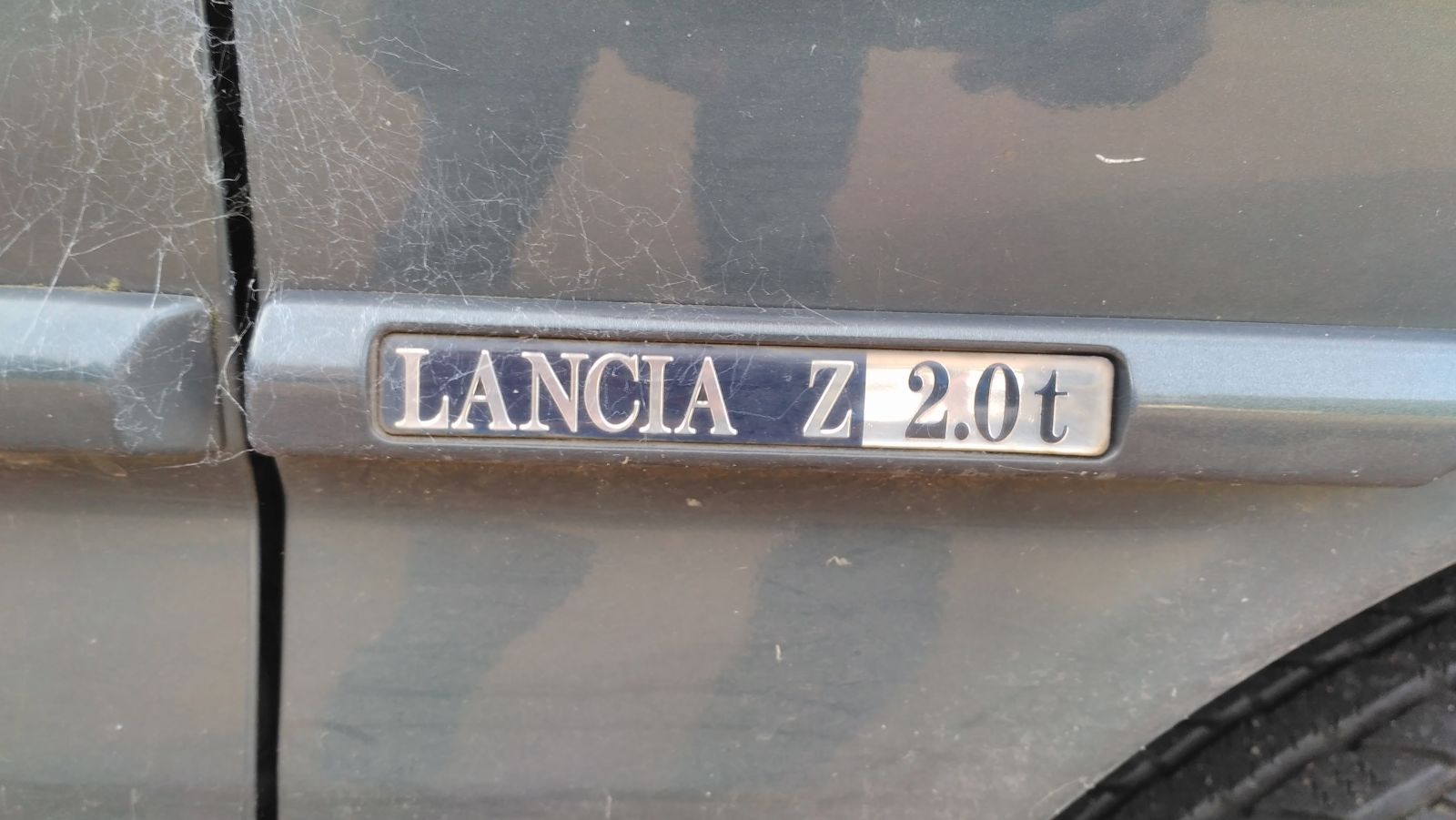
The Lancia was a mess. The pictures show how I found it. Other than the driver seat, all the seats were scattered inside the car, unmounted. It did run though! During the test drive I quickly found a big list of problems: Horribly slipping clutch, rust, AC broken, driver door lock broken, remote locking broken, no passenger side mirror, leather of the steering wheel had ruptured and probably lots of other issues I have already forgotten. No valid inspection either, so not legal to drive. It was quite simply a junker. 206k km on the odometer, so that was okay.
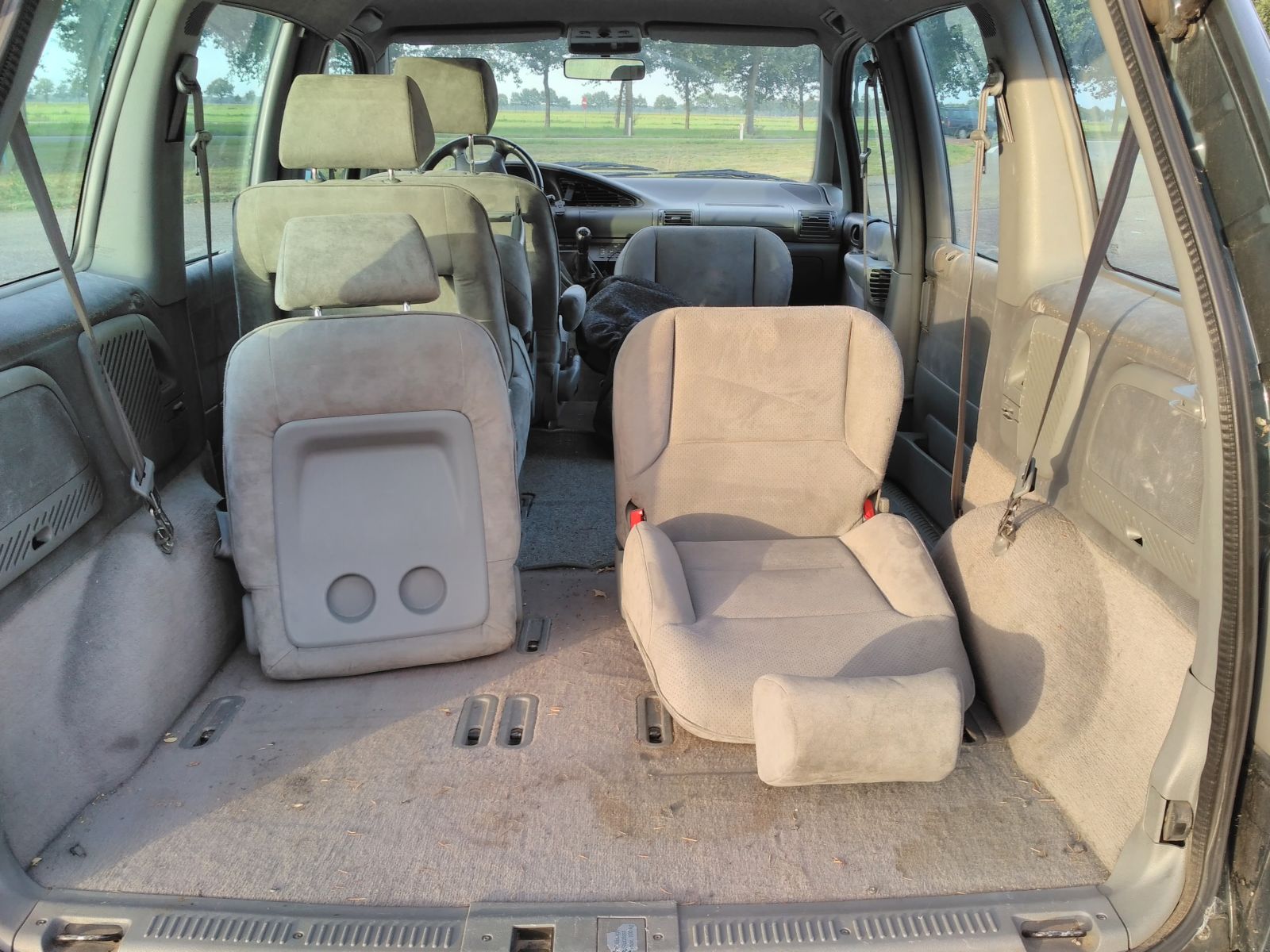


It was advertised for 800 Euros. I bid 300, and ended up getting it for 450. I felt I overpaid, it really was in shitty condition.


I drove it to my mechanic on the day I bought it and suspended the registration immediately. The remaining pictures were taken halfway during that drive. I never taxed or insured it and never drove it again. During the part out I sold Lancia Zeta parts for over 800 euros including what the junkyard paid for the remains, so the purchase was certainly worth it. I got a ‘free’ engine and some money as well.

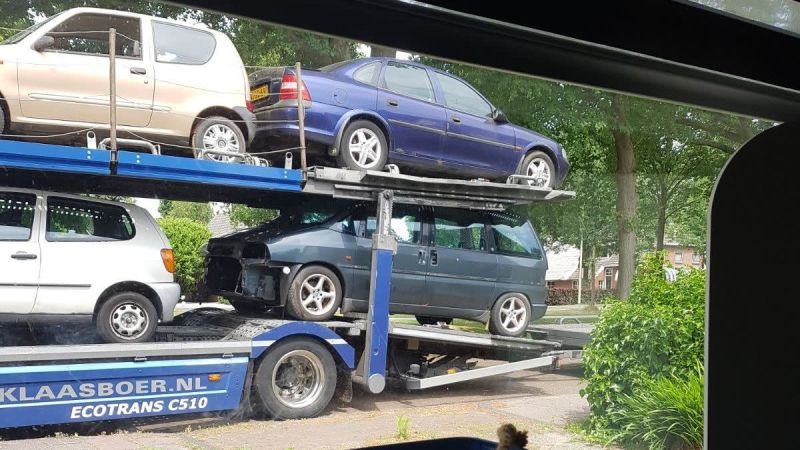
The build
Other than the engine, I had a few other things I wanted. I wanted a transmission that, although geared for acceleration, would not rev insanely high on the highway. I wanted brakes that could handle the extra weight, even during continuous acceleration/braking on a mountain road, I wanted as much (active) safety as possible and I wanted it to look as stock as possible.

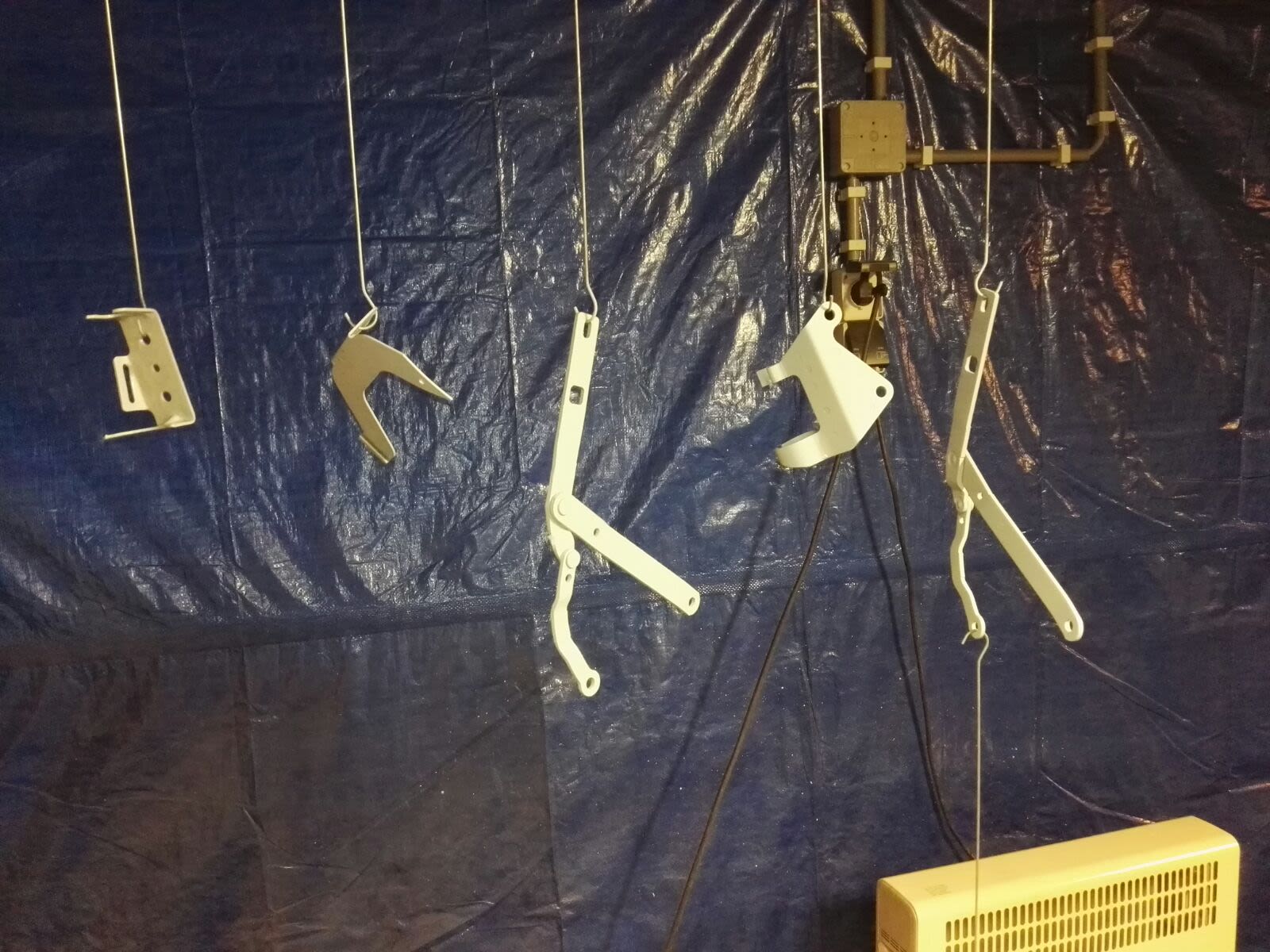




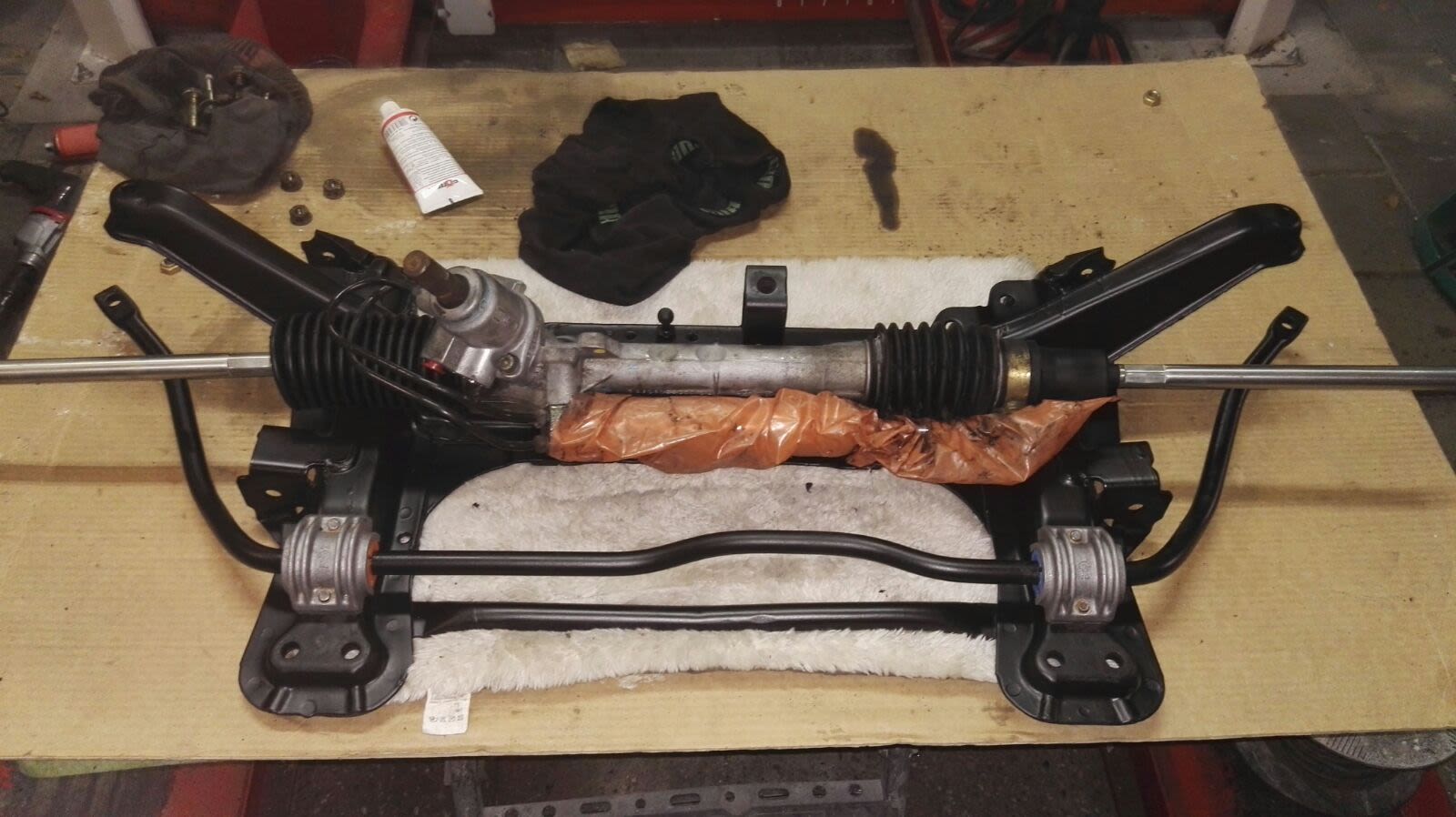
As you can see above, the engine was overhauled, with a rebuilt head. The motor compartment was made rust free and was repainted. The next changes were made to the 205:
- Engine from a Lancia Zeta (1996), engine code XU10J2TE
- Transmission: BE1 box from an early Peugeot 205 GTI 1.9, similar to the original box but with slightly longer gearing. Additionally, the fifth gear was replaced by one from a 205 turbo diesel. For lower revs on the highway.
- Catalyst converter retrofitted, from a 205 GTI 1.9. The 1987 CTI left the factory without a catalyst.
- Front subframe: Peugeot 205 GTI 1.9
- Brakes + calipers: Peugeot 307 HDi diesel (front), Peugeot 306 HDi diesel (back). The rear calipers did have the same parts number as 205 GTI 1.9 rear calipers.
- Rear axle: twist beam from a 205 gti 1.9 with arms from a Peugeot 306.
- Front springs: aftermarket Eibach springs intended for a bigger engined Peugeot 206 (due to the extra weight and me not wanting to lower it much)
- Shocks: aftermarket; 205 specific Bilstein B6, front and back.
- Hydraulic power steering rack: Citroen Xsara (hatch)
- Steering pump (electric): Citroen Saxo/Peugeot 106
- Airfilter housing, upper half: Peugeot 206
- Air filter: Something Opel. Fits better in the half-custom filter housing
- Intercooler (up top, the radiator has been moved down): BMW E38/E39 7/530D.
- Cruise Control: after market, with a Citroën Evasion CC handle to control it.
- Master brake cylinder: Peugeot 405 Mi16
- Top engine mount (the metal part): Citroen Xantia 2.0 8v
- Volvo S80 fuel injectors, with a few percent extra capacity and a more modern multi-nozzle spray pattern
- VW ‘relay 99' (early 90s?) to enable a programmable interval for the wipers (plug and play upgrade)
- I’ve probably forgotten a few things.




So I added parts from the BMW 730D, Citroën Evasion, Citroën Saxo, Citroën Xantia, Citroën Xsara, Lancia Zeta, some Opel, Peugeot 205 GTI 1.9, Peugeot 205 d_turbo, Peugeot 206, Peugeot 306 Peugeot 307, Peugeot 405, Volvo S80 and VW Passat. Other than the intercooler and some space for the exhaust manifold it would all fit like Lego.
As described above I added some luxuries as well. Most obvious examples: Cruise control, heated seats, immobilizer, remote for the power locks.
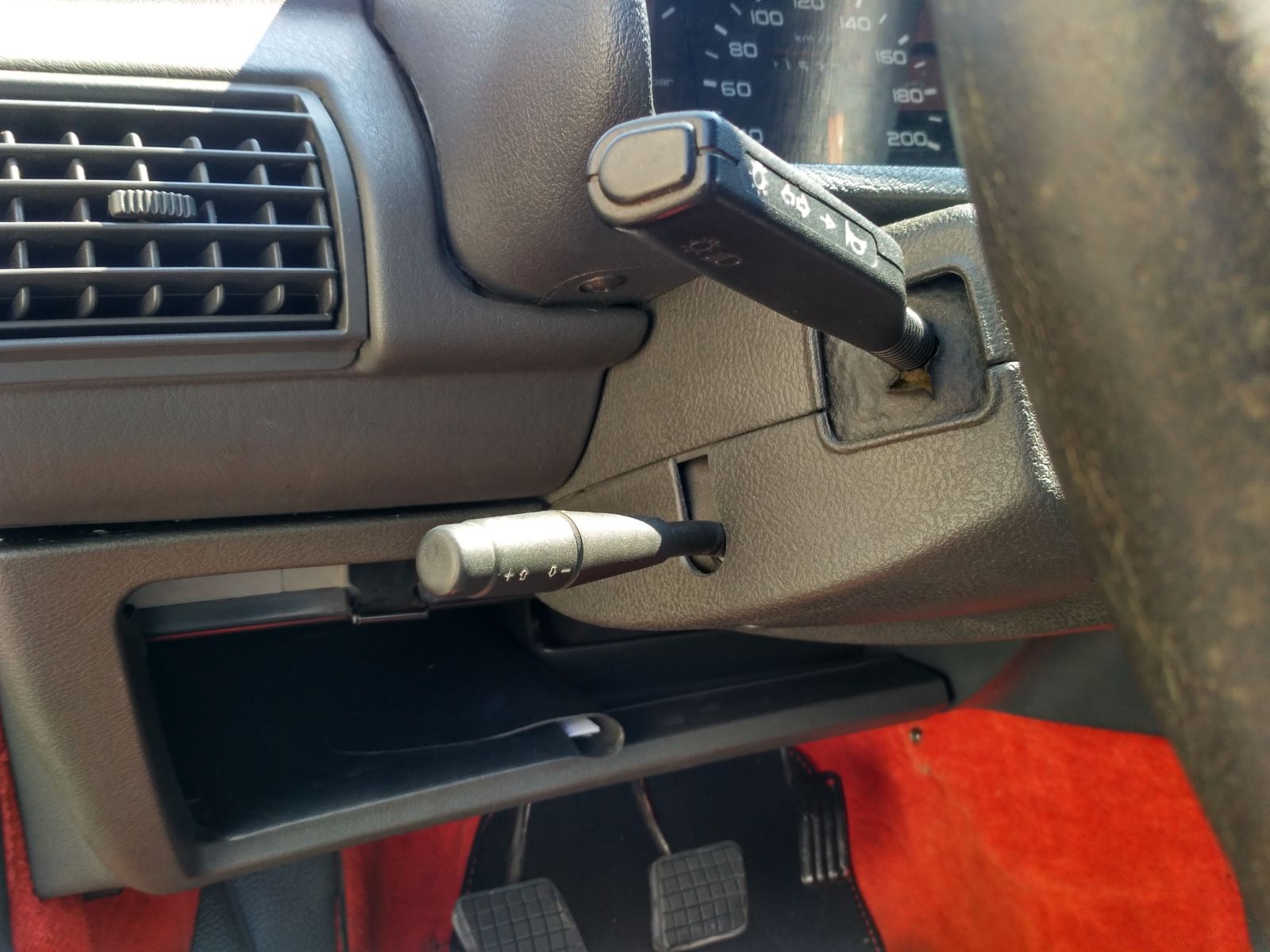
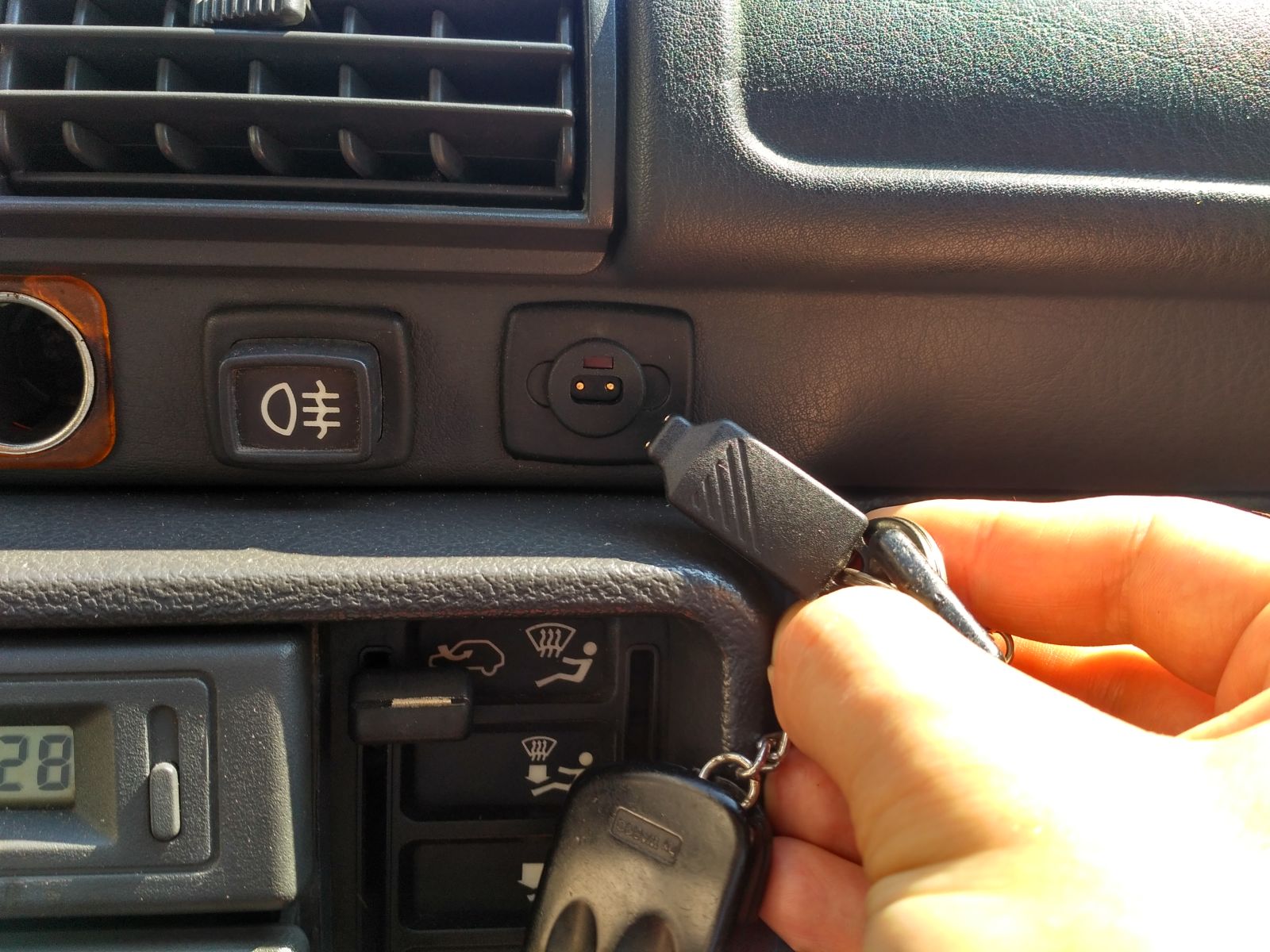
Die Heimat
In 2017 I decided to emigrate. This sounds more dramatic than it sounds, I only moved from the Netherlands to Germany, but it did mean I moved from an old-car friendly place to Bavaria in Southern Germany. In Bavaria they drive BMW crossovers, Mercedes crossovers, Audi crossovers, VWs and not much else. As long as the Bavarians don’t get their classics out of their garages, Bavaria has a barren car-landscape full with grey generic German cars with diesel engines. Ugh. And no junkyards where you can pull your own parts. It also has the Alps near by, geographically and thus theoretically, as in reality the Germans don’t have their highways in check and construction after traffic jam after construction is the reality.
My point being, I have to travel 800 km (500 miles) back home to visit proper junkyards and to the mechanic friend who is mostly responsible for fixing my 205. This made delivering parts to him a bit of a chore.
Even in the Netherlands the 205 is getting more rare. Bigger junkyards will have one or two, but those will typically be base models from the mid 90s. Not convertibles. I did maybe 2 junkyard run days in 2018, but one of those days I could not believe my luck:

The new interior
The convertible roof of the junker had been removed already, but what I saw inside was something I could not believe. An original half-leather GTI/CTI interior in surprisingly good condition! Despite it being fully exposed to the elements. Where such an interior usually costs a few hundred Euros at least on the internet, I got it for €75 here. Asking for the price (of ‘a’ 205 interior) before I removed it helped. I eventually sold my old interior on eBay for more.
As I was doing my junkyard run in my 205, a subcompact convertible, I was wondering where to put the two front seats and the rear bench inside that car. As it happens you can fold the rear seat of the convertible flat, and you have a completely flat loading bay from rear bumper to 15 cm from the front seats. The second interior fit like a glove in the back and everything remained below the beltline of the car! Sadly, this did mean I could not strip as many other parts from the junker as I wanted.

For the winter period 2018-2019 I drove my ‘new’ interior to a reupholsterer in Belgium, someone who is specialized in 205 interiors. I asked him to fix the obvious flaws; broken seams, the piece of ripped fabric on the drivers seat and worn bolster foam. He repaired the ripped cloth with a used piece of undamaged but used cloth, to not look out of place next to 30 year old pieces of cloth. I also asked him to install heated seat elements. Here is the result.
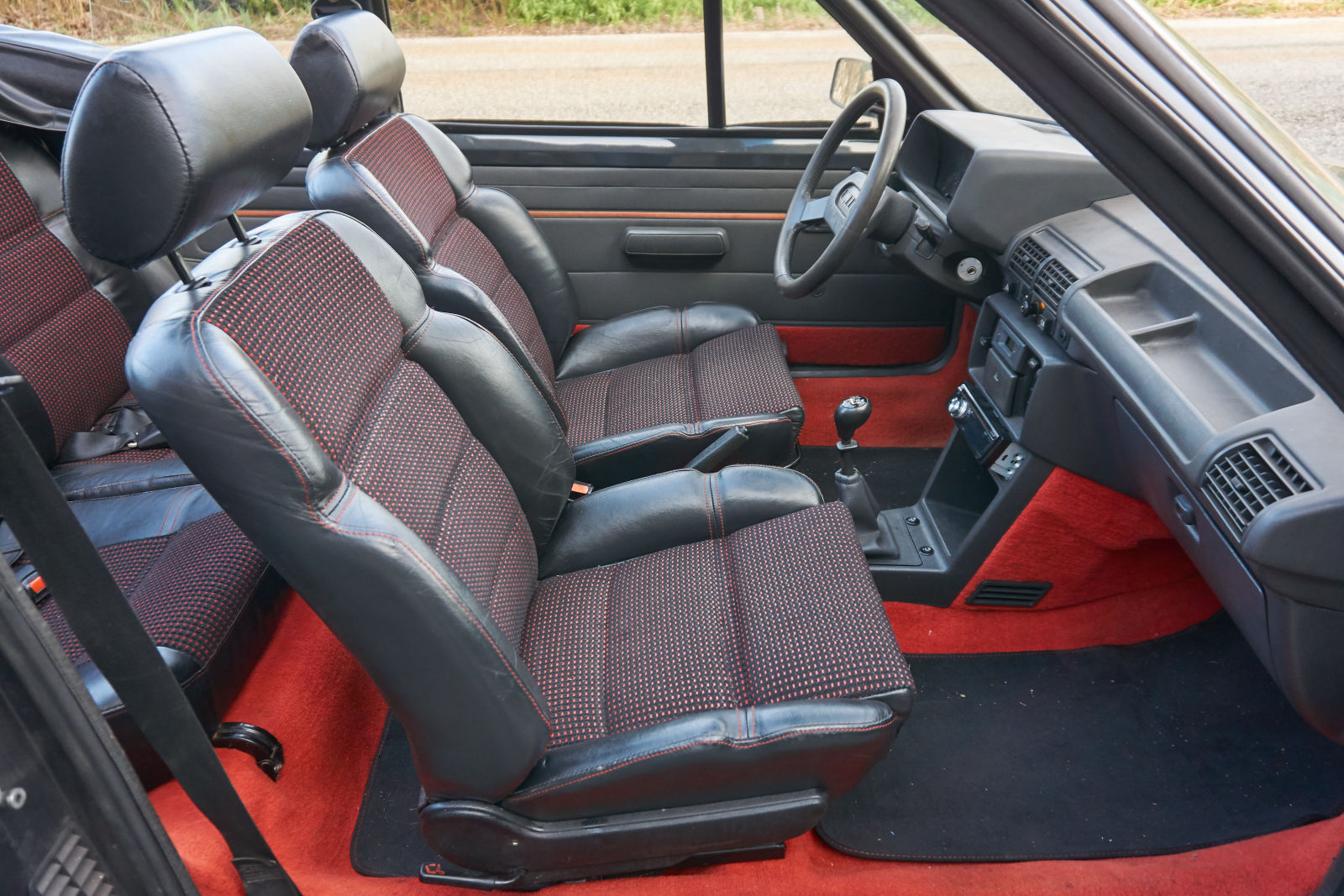
Europpomeets
In the summer of 2018 the refurbishment/restoration/restomod of the 205 had progressed so much it could be driven, and it could be driven all summer long. The drive train was done. The suspension was stock GTI, the shocks and rear axle were still untouched (but decent), the interior was still as I bought it, so with fully cloth seats with the black elements disintegrating. It had passed inspection, I had the new engine entered in the paperwork to make it fully legal and I had the car appraised (€11,500) for he classic car insurance. It was too late to attend the spring meet in Wales (UK) with the 205 (I borrowed a Citroën BX instead), but the September meet at the Nurburgring was still possible.
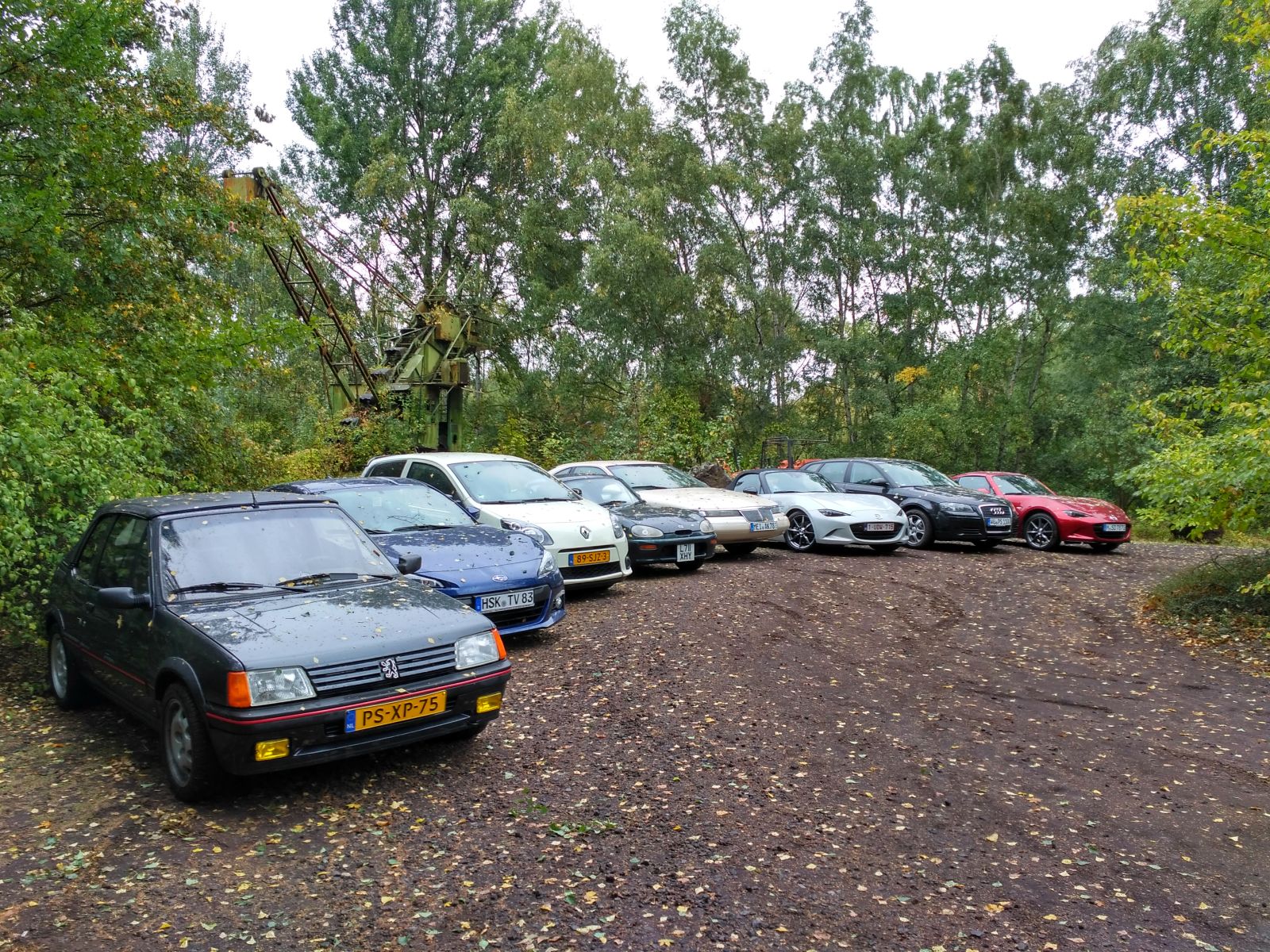
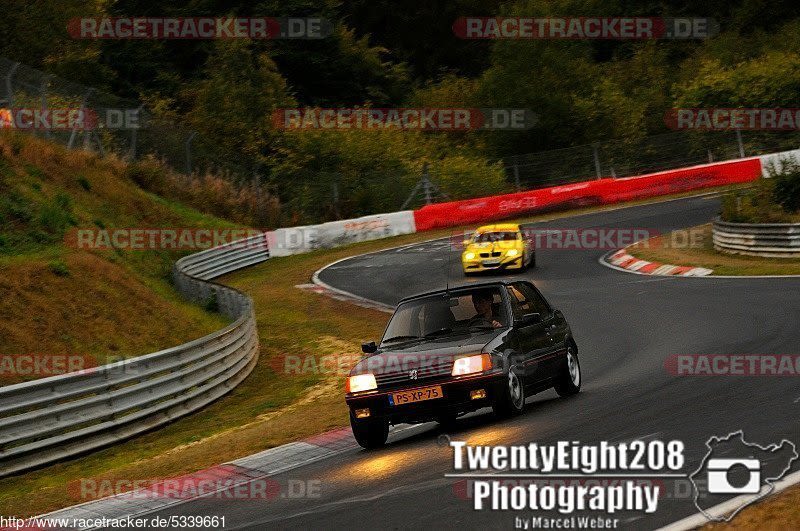

So, how does it look now?
In spring 2019 we went to the Alsace region of France. In the country side I was able to keep up with modern MX5s (2.0L, ND), although with my old suspension I did not dare to keep up in the more challenging corners.
One of the participants was a car journalist, and he took a few pictures of the (dirty and brake-dusty) car. This was still before the new rear axle was fit.
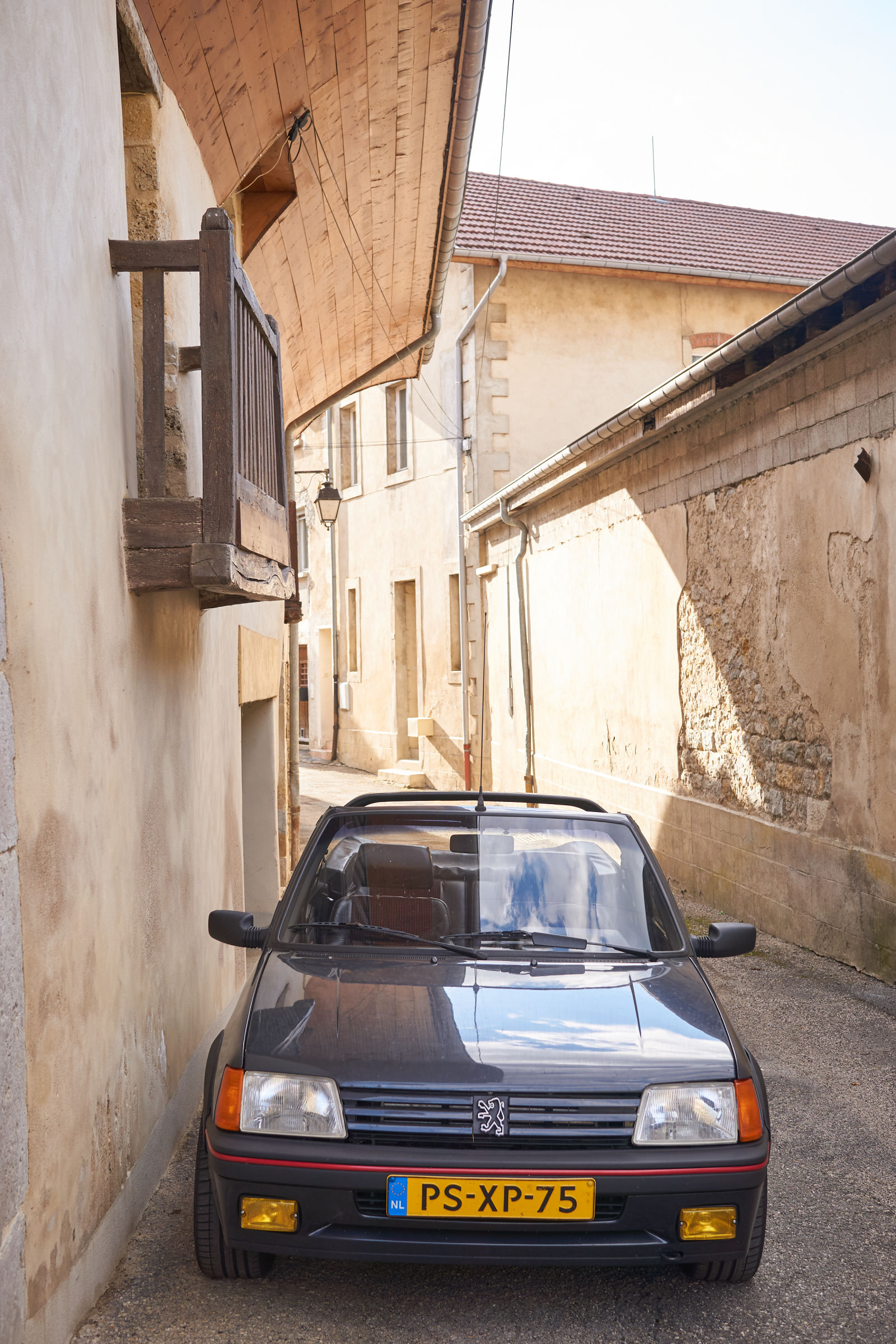

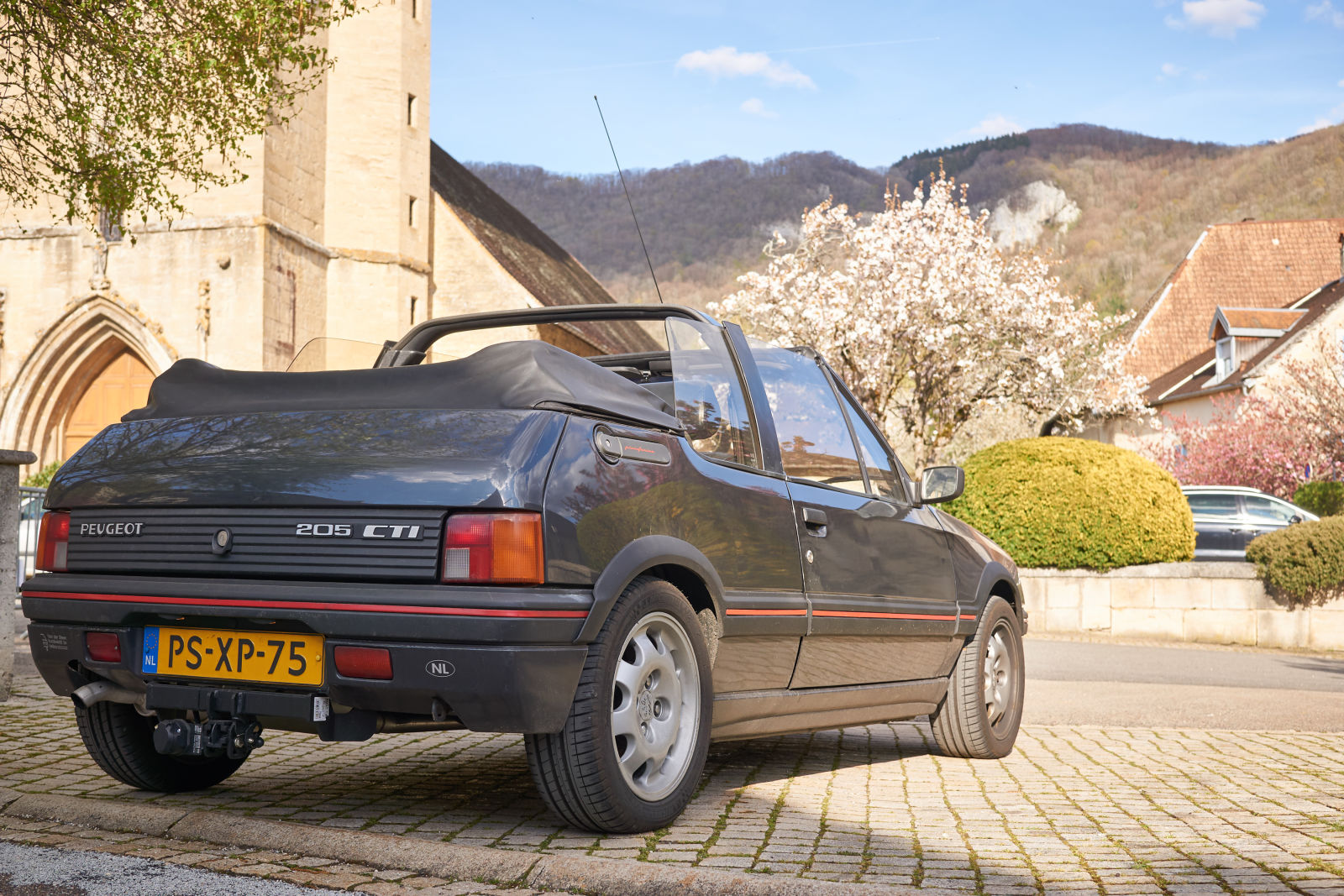
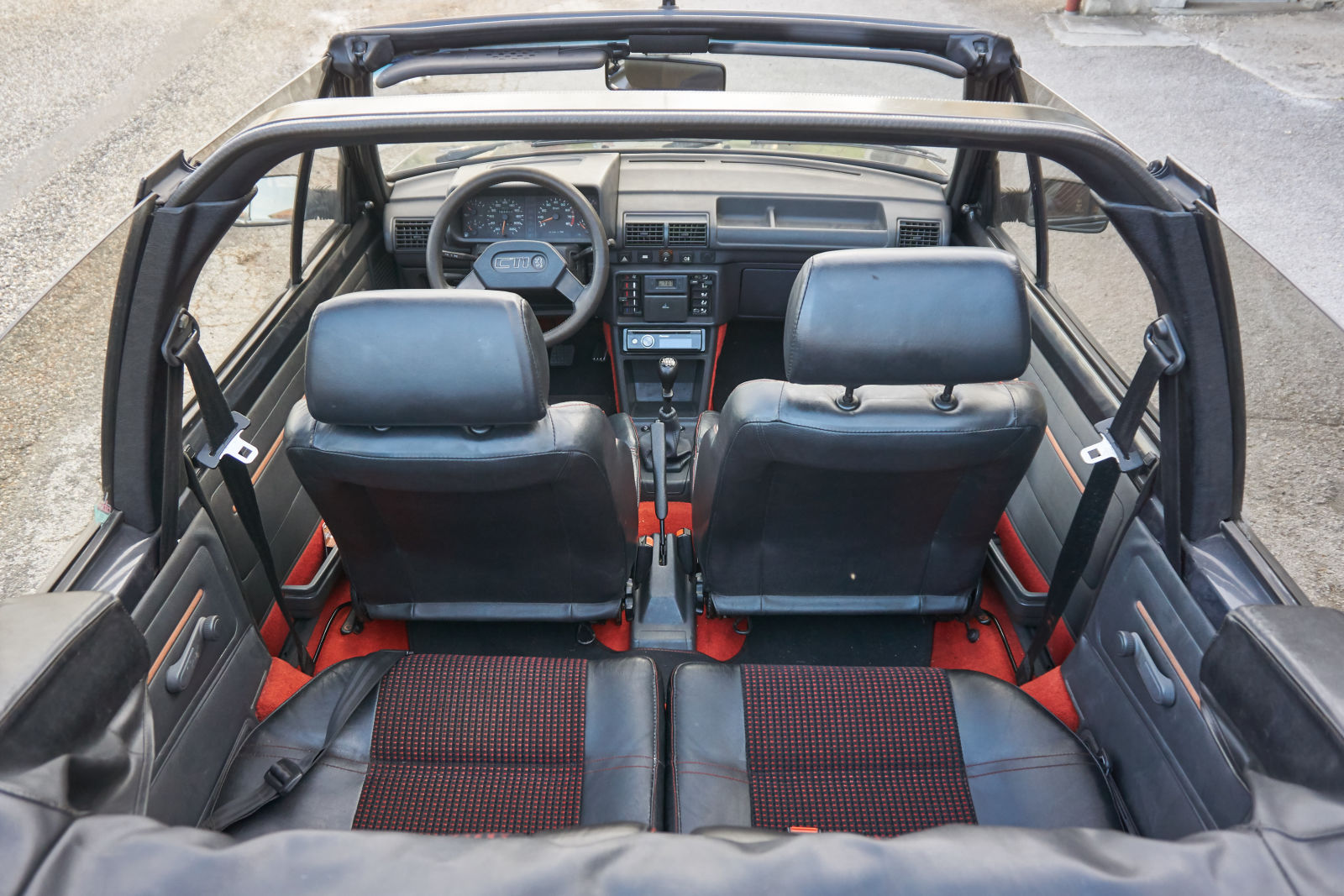
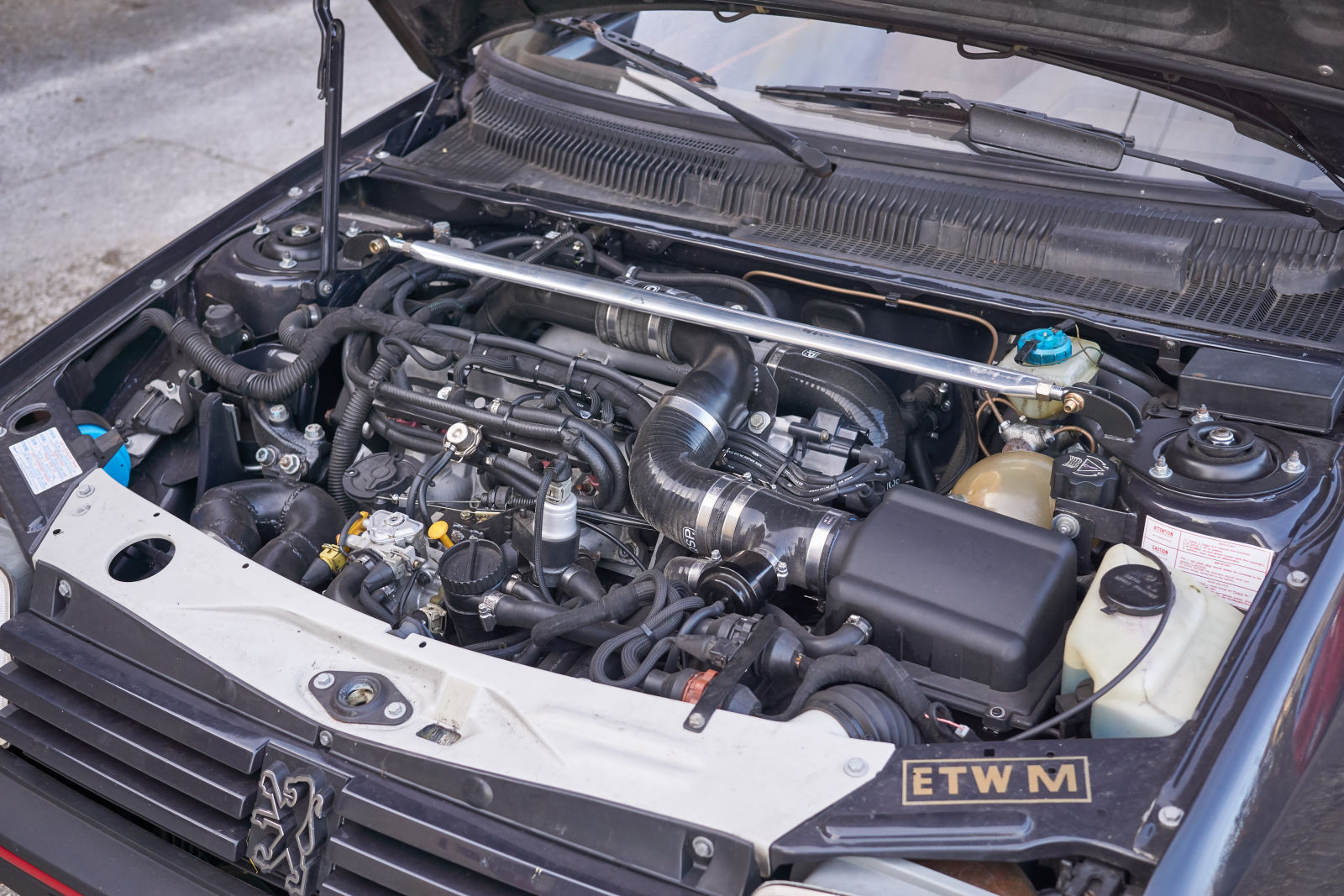
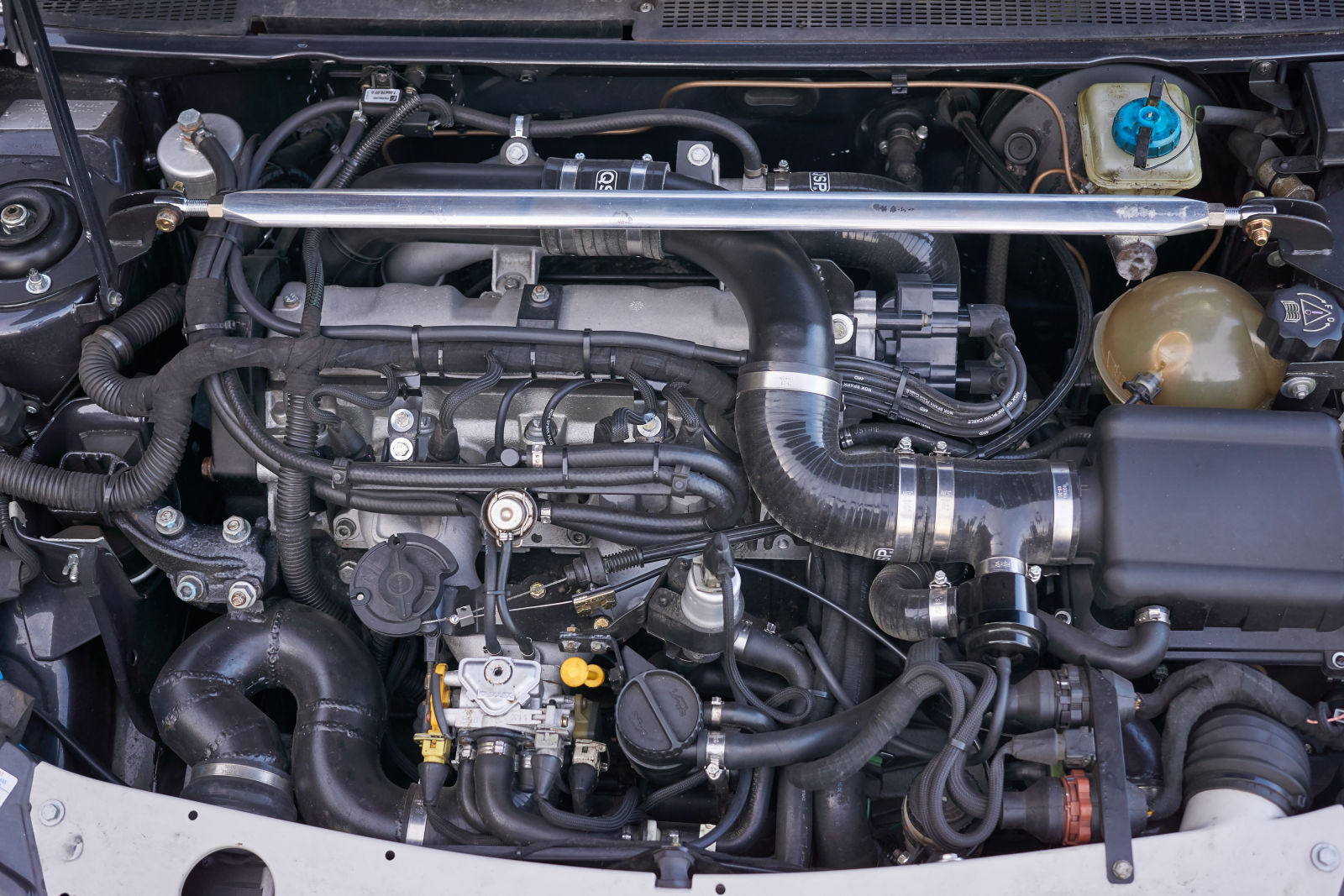
With the engine and the other modification I can cruise on the German Autobahn, with the top down, at 200 kmh (125 mph) according to the GPS, with power to spare. Earplugs required, due to the wind noise at those speeds.
Currently
The car is mostly done now. I have some plans, including a new convertible top, but the main remaining issues are mere details. It is an absolute blast to drive with its visceral 80s hot hatch driving dynamics and effortless power. What I really like about it is how versatile it is. I can go canyon carving it in it, I can go to the supermarket and buy groceries for a week+ and (like I did earlier this month) I can take it on a 2-week holiday to Italy (Tuscany) with a 30+ kg dog on the back seat and 2 weeks worth of luggage for 2 people in the trunk. With the top up or down, it does not matter. I drive it about 8-10k km a year, fun trips only.
Want to see it in action and maybe go along for a drive? Join me here!